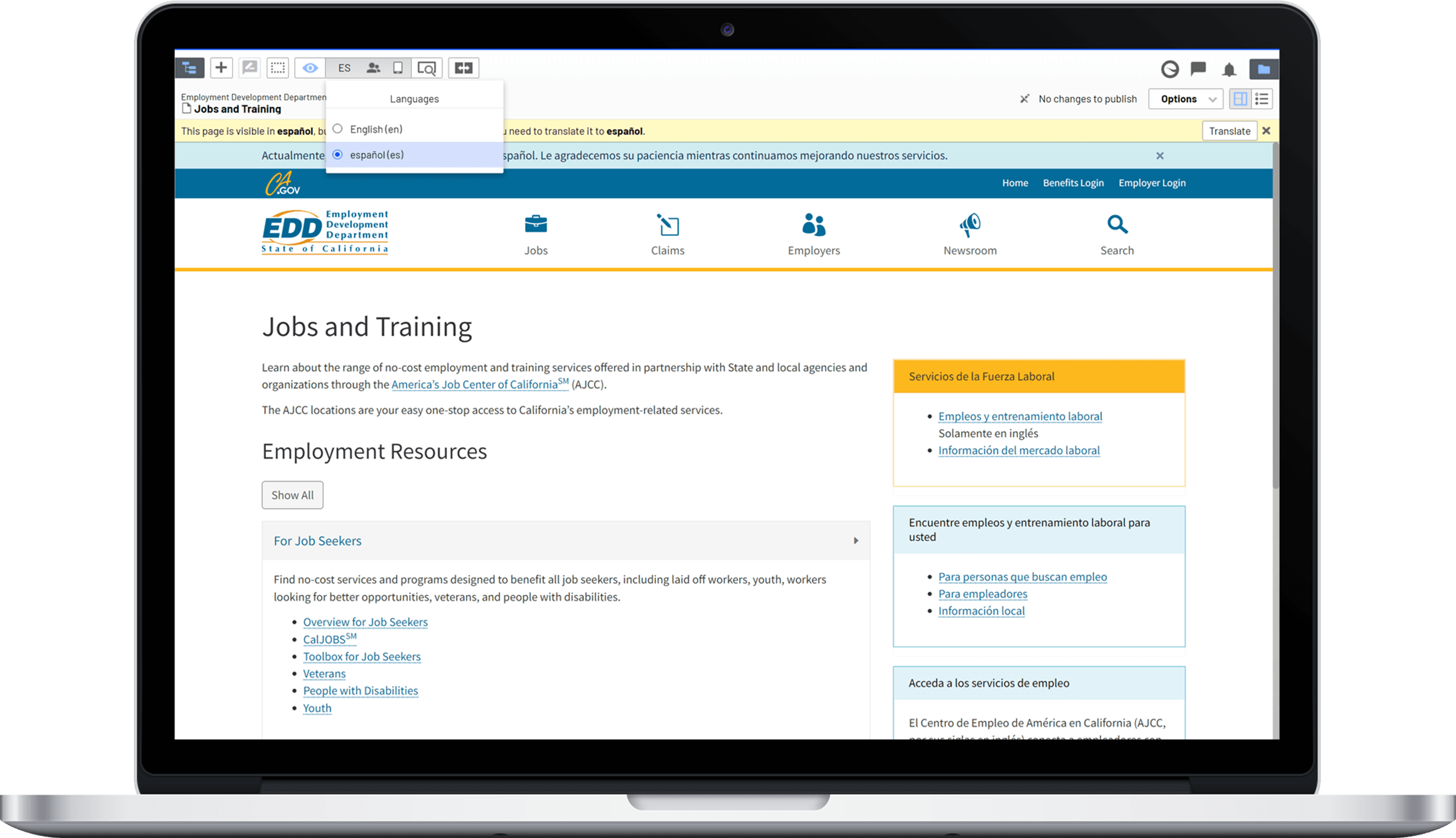When does a fast website matter? When you need to file for benefits during a pandemic.
Case Study: California EDD | CMS Development | Optimizely + AWS
California faced unprecedented job losses in 2020 when the COVID-19 pandemic disrupted business as usual. The state lost nearly three million jobs in just two months and it has taken two years for most of those jobs to return.
When the employment benefits system was put under increased pressure, the Employment Development Department (EDD) knew they had to upgrade their digital infrastructure. Millions of people seeking benefits were flocking to a legacy file-based website that could only be managed by a few people in the IT department.
Together, we upgraded edd.ca.gov to be blazingly fast and easier for staff to manage. And, since then, EDD has used the upgraded platform to offer more language translations of their public site and better serve the nearly one of five Californians that speak a language other than English.
Enhancing California’s economic growth through high performance technology solutions.
EDD is one of California state’s largest departments that has been processing unemployment claims and administering benefits triggered by the COVID-19 pandemic.
We partnered with EDD to implement the Optimizely Content Cloud CMS, replacing the legacy file-based website that required technical staff support to publish content. By empowering content owners to update the website quickly, we sped up access to unemployment information and optimized business process efficiency.
Powered by:


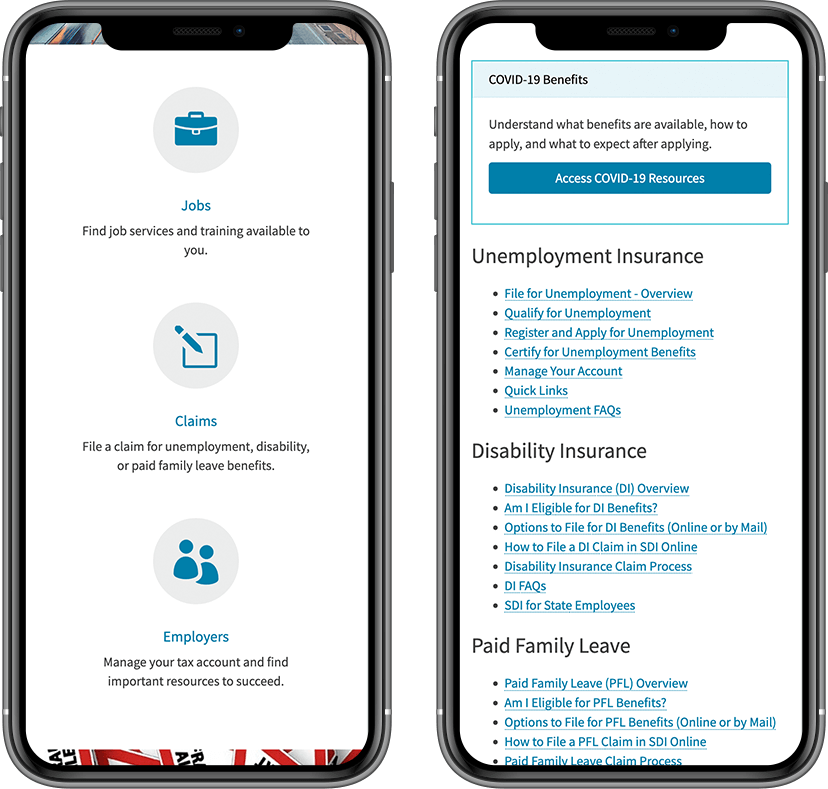
Challenges
Managing and updating the content of the EDD public website relied on a limited number of Information Technology specialists, making the website’s content updates and support inefficient and time-consuming.
The website has also supported billions of visits a year from Californians who lost their jobs due to the COVID-19 pandemic. Both employers and the workforce needed quick access to up-to-date information.
The unpredictable pandemic timeline required a flexible system that can adapt to the workforce needs. Addressing the effects of the pandemic and economic fluctuations requires swift response while keeping the existing content and functionalities fully accessible.
What We Did
We collaborated with EDD’s team to implement the Optimizely Content Cloud CMS (formerly Episerver CMS) enabling content owners to directly add, edit, publish, and archive content without relying on the IT personnel. In addition to managing and organizing content, content owners can additionally optimize access to the information and resources using a number of user-friendly content management features such as multilingual page versions.
We deployed the website on the Amazon Web Services infrastructure, using a suite of tools, such as AWS Beanstalk App, AWS CloudFront, AWS RDS SQL Server, AWS S3 Service, and AWS Simple Notification Service. The website performance improvements included increased loading speed and reliability when hundreds of concurrent visitors access the website.
Photo credit: California Employment Development Department.
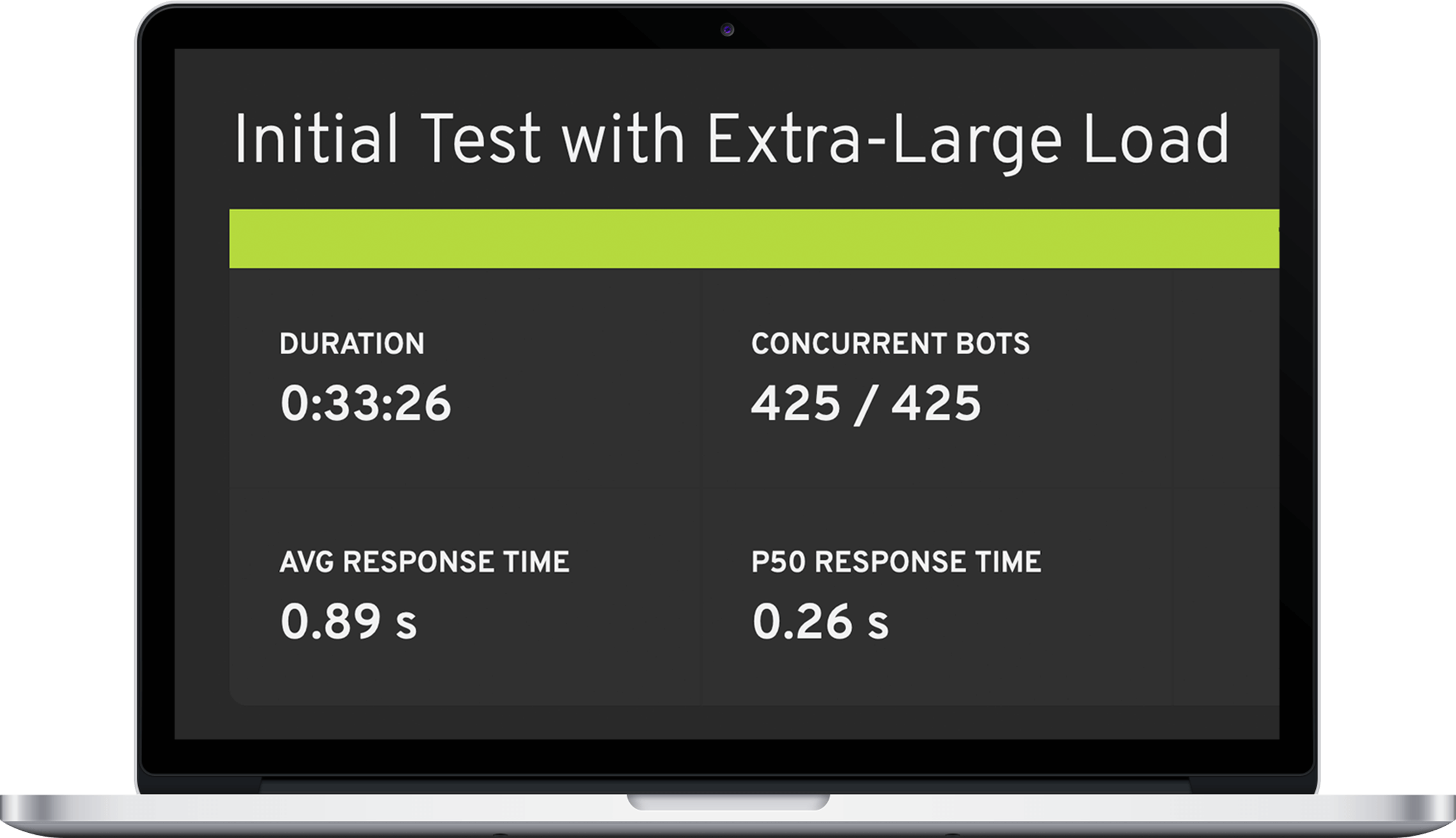
Outcomes
- Blazing-fast. The average page response time was brought to under 1 second under the load of 4,000 hits per second.
- Ultra-reliable. The website is integrated with Amazon Web Services, a highly available and scalable system architecture.
- Shorter time to publish. EDD’s content owners independently manage content using a user-friendly Optimizely CMS with the user experience comparable to the common office-grade technology.
Project Highlights
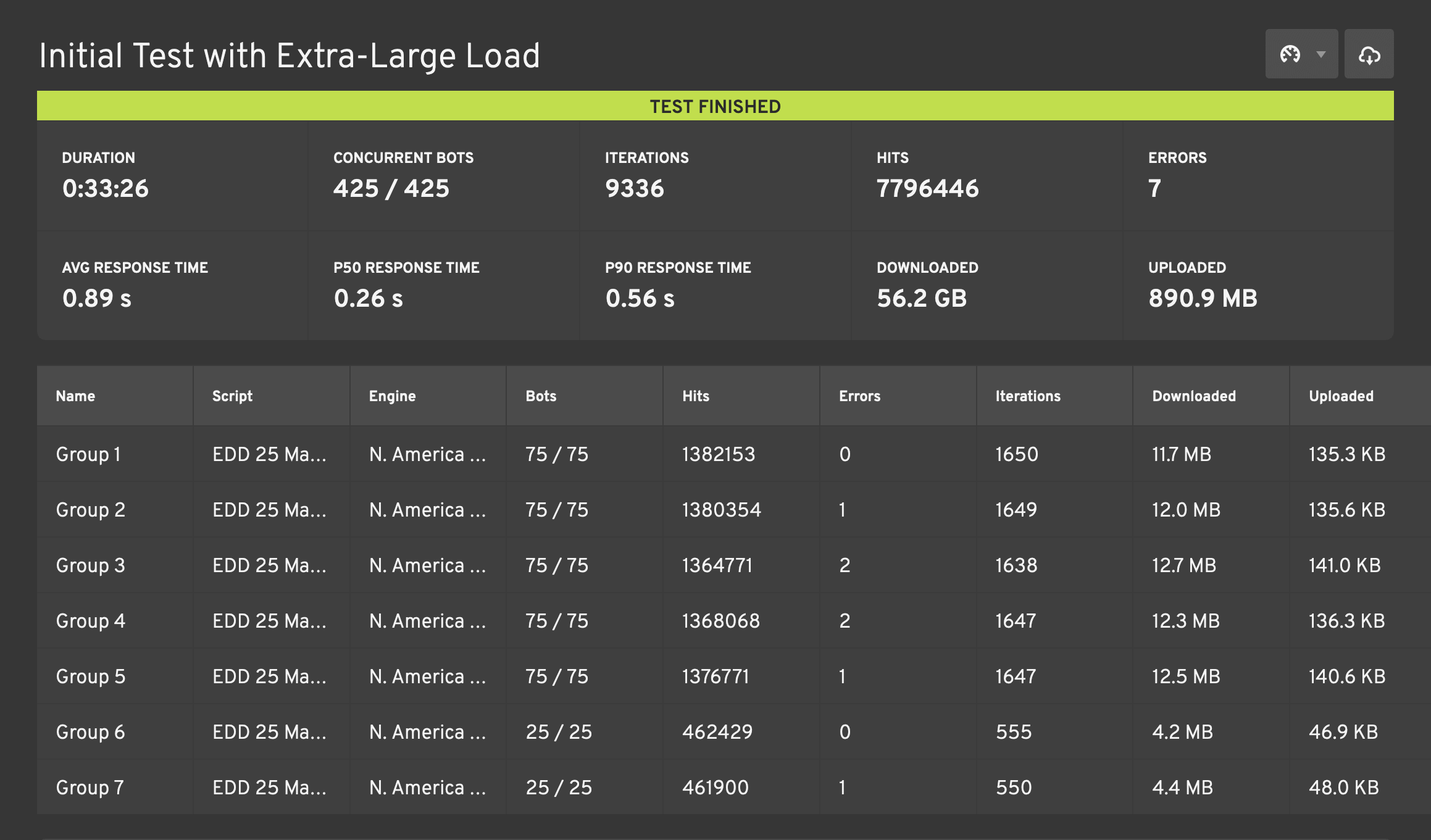
Built to serve the scale of California
By combining Optimizely CMS and Amazon CloudFront Content Delivery Network (CDN), we were able to accomplish a significantly high level of page speed and website availability. The image shows a type of stress test with 400+ concurrent visitors that generates close to eight million hits.
The average page response time is 0.89 seconds, with some of the key pages, such as the File a Claim loading in 0.24 seconds on average. To put this result into perspective, a baseball pitch takes about 0.4 seconds to travel from the pitcher to the hitter.

Key pages like File a Claim load in half the time it takes a professional baseball player to throw a pitch.
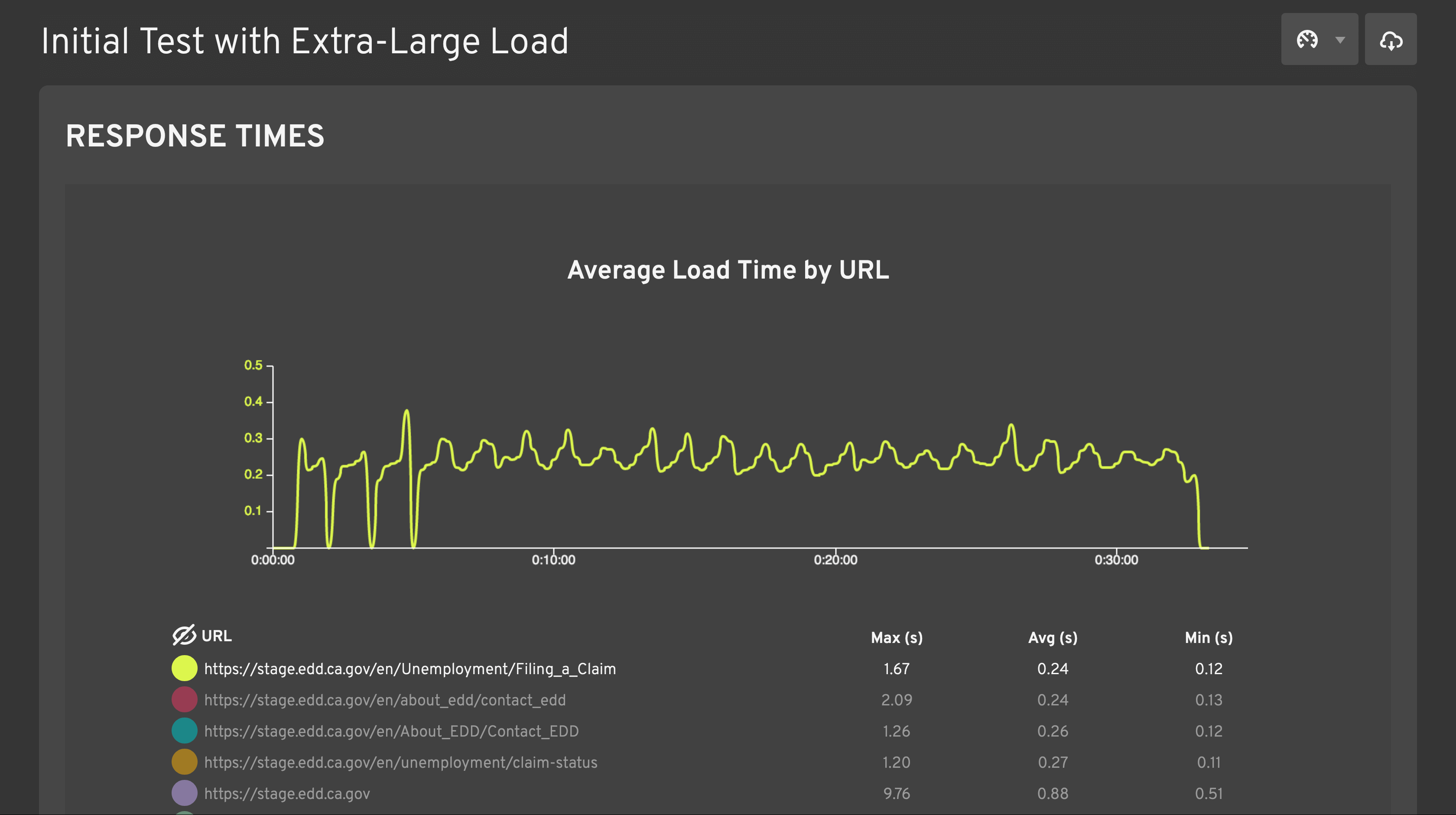
Speed and reliability delivered by scalable system architecture using Amazon Web Services
Did you know?
EDD’s website is a trailblazer as one of the first Optimizely websites in the State deployed to Amazon Web Services.

AWS Beanstalk App
AWS Beanstalk App for hosting the content delivery and content authoring applications and EDD-required customizations on top of the Optimizely platform.

AWS CloudFront
AWS CloudFront for caching (efficient high-speed page retrieval) optimizes website performance by reducing the App Services load.
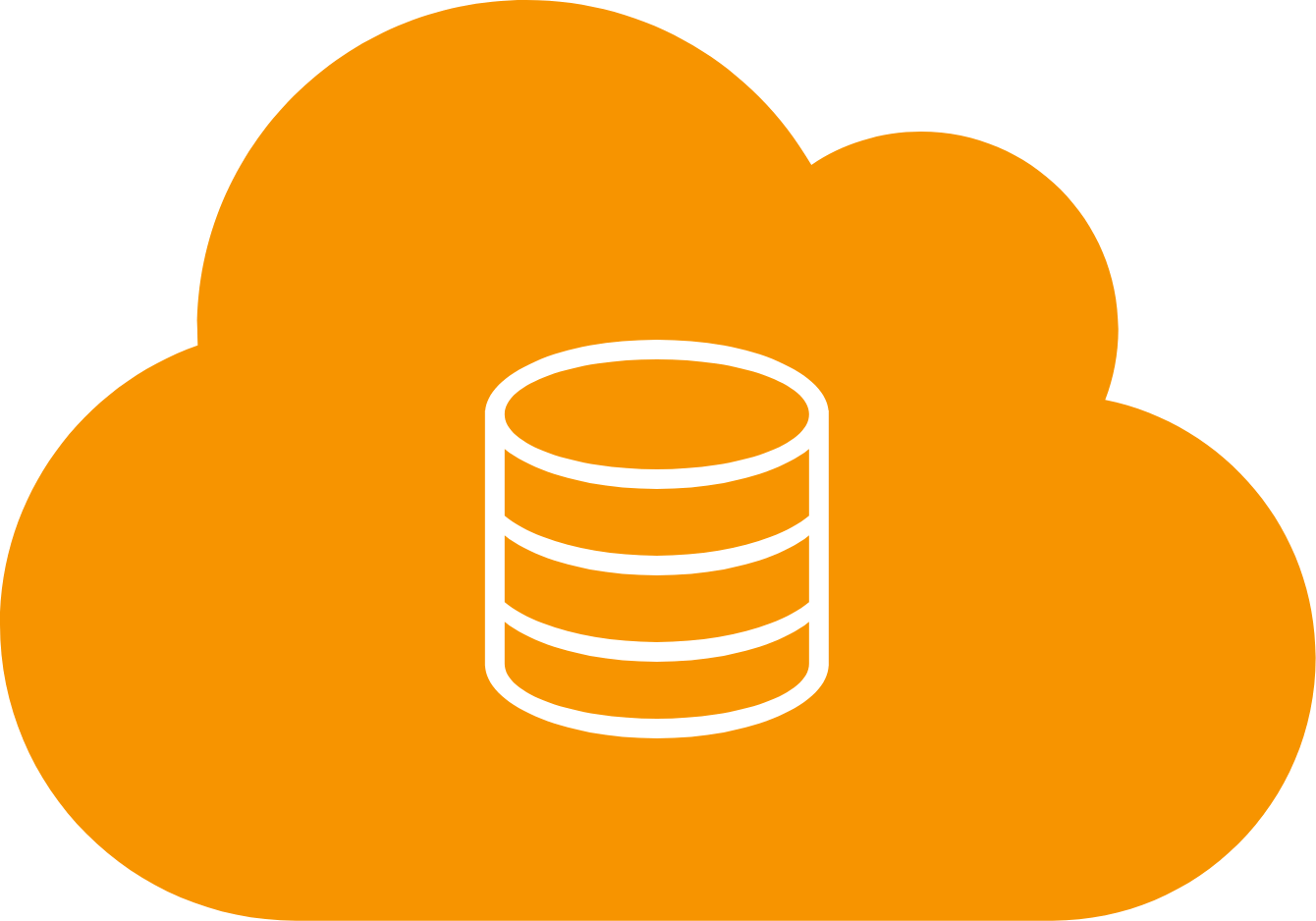
AWS RDS SQL Server
AWS RDS SQL Server for content storage (instead of a self-hosted database server.)

AWS S3 Service
AWS S3 Service for redundant yet centralized storage of media assets such as PDFs and images.

AWS Simple Notification Service
AWS Simple Notification Service for reliable and efficient communication between the content authoring and content delivery nodes.
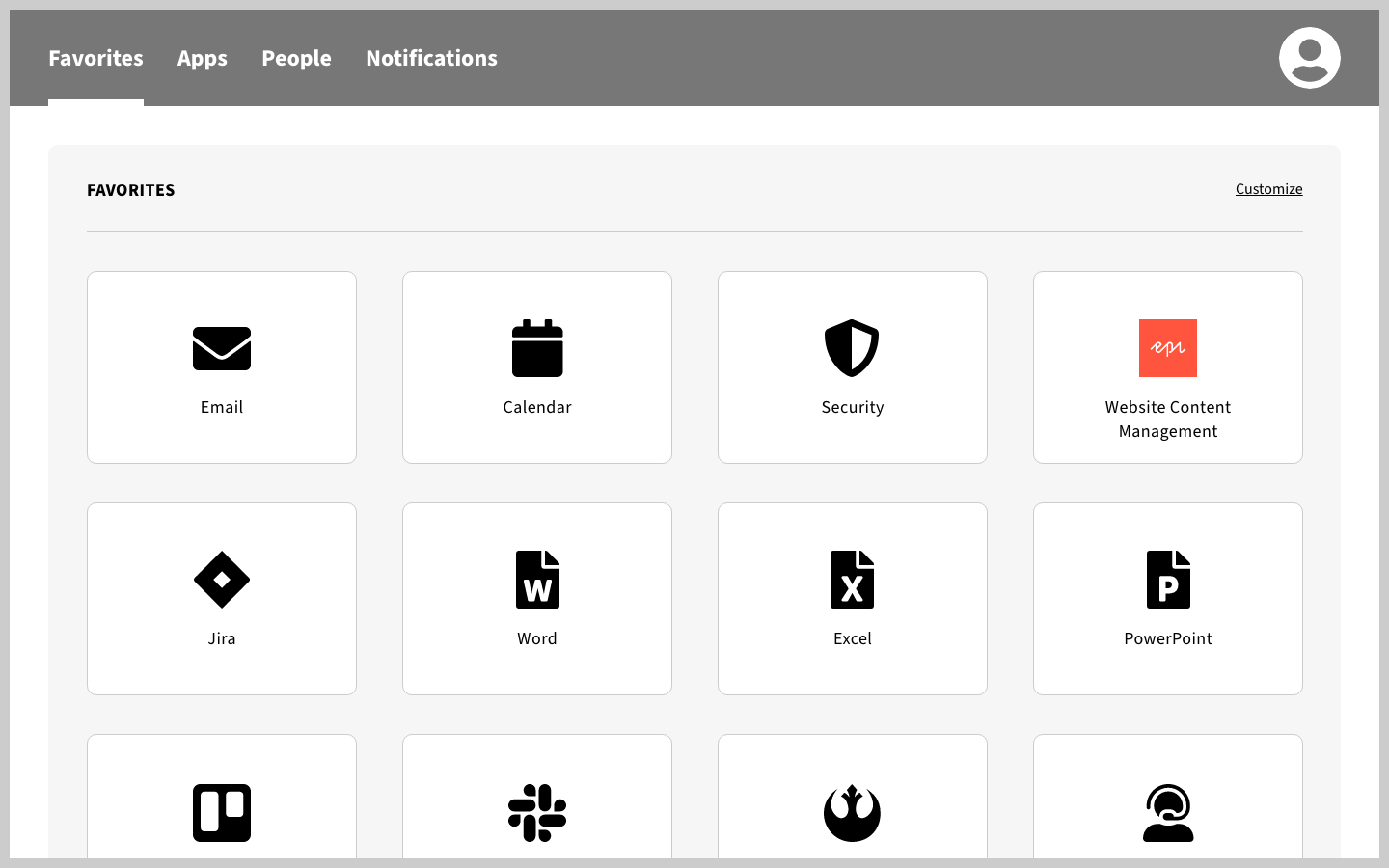
No additional logins for staff who manage content.
No one needs another login to keep track of, which is why we enabled Single Sign-On (SSO) for content authors and administrators.
We integrated Optimizely with EDD’s existing platform for staff authentication, VMWare’s Workspace One, using SAML-based authentication. This delivered a better content author experience without sacrificing security.
Language translations that sound like a human wrote them, not a computer.
Why is translation important?
Almost half of Californians (45%) speak a language other than English at home. Government services available in a speaker’s primary language provides more equitable access to benefits. However, done poorly, translations can be confusing, awkward, or even offensive.
